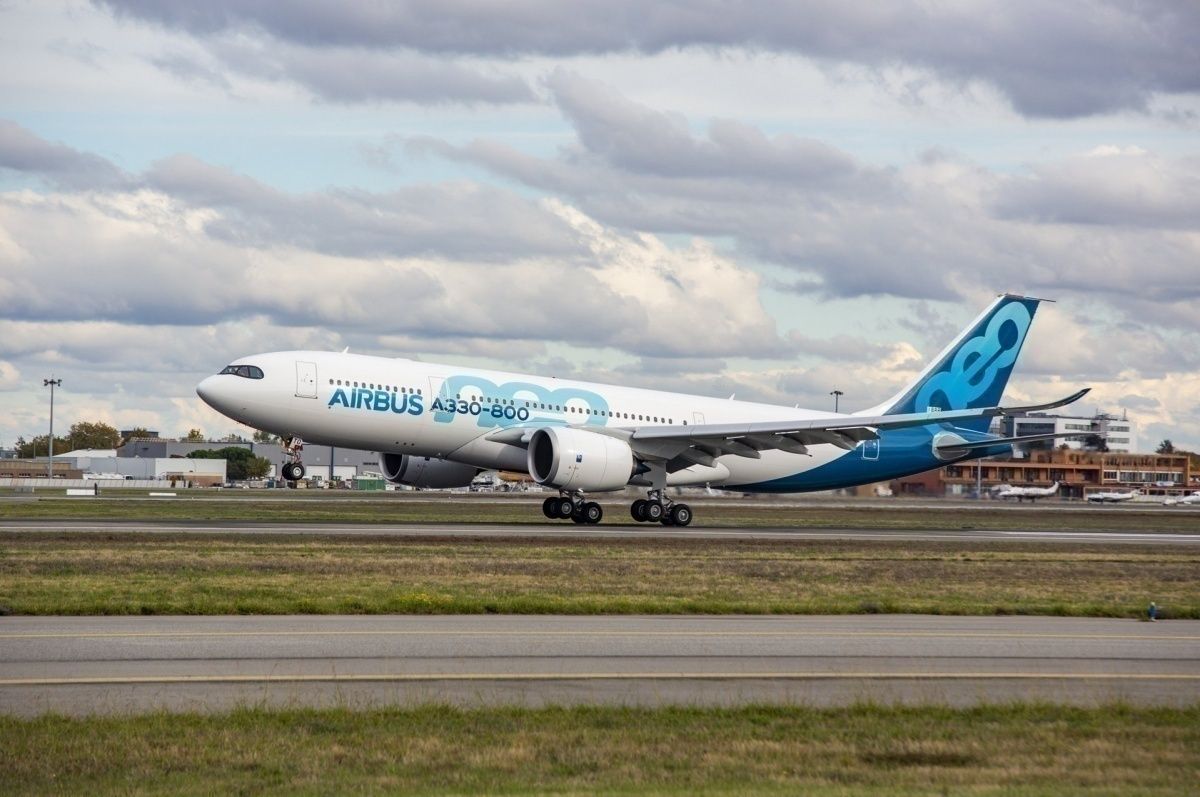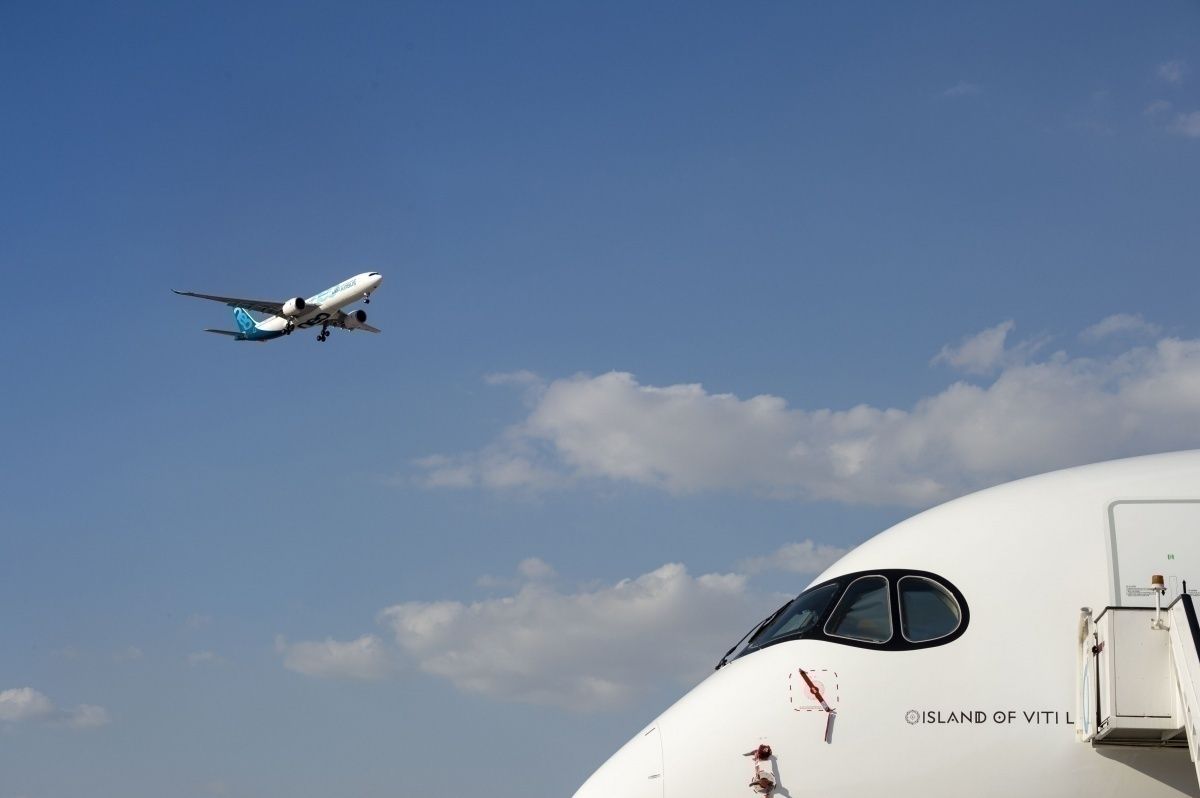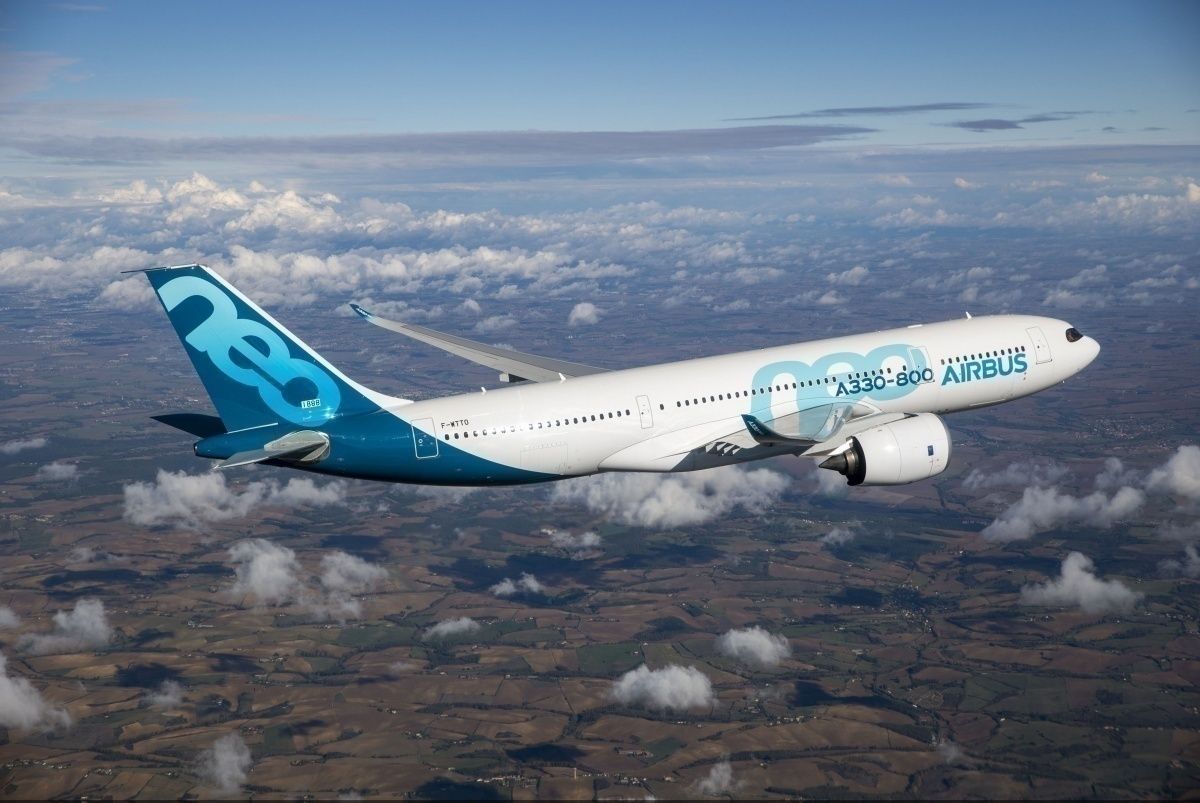The Airbus A330-800 just obtained European approval for Extended Twin-Engined Operations (ETOPS) of 180 minutes. With this, Airbus finally got the ETOPS 180 for both members of its A330neo family.
What does it mean to have this certification?
Firstly, Airbus obtained ETOPS-180 for the A330-900 back in January. At that point, the European company said that the certification is “a testimony to the aircraft’s design and systems maturity.”
It also allows Airbus to look for the European Aviation Safety Agency (EASA) certification for ETOPS 285 minutes. If Airbus were to obtain this certification, the A330neo family would have the option to serve new direct ‘non-limiting’ routings.
As it was reported by FlightGlobal, EASA certified the A330-800 in mid-February. After that, it granted clearance on 2 April.
Now operators of the A330-800 (we will come back to that), “will be able to traverse a straighter, quicker and more fuel-efficient path, and also have access to more – and possibly better equipped – en-route diversion airports if needed,” as Airbus said back in January. This means that if a -800 loses an engine in the middle of the ocean, its new ETOPS guarantees that it can fly up to 180 minutes to the nearest airport.
One final thing: the Federal Aviation Administration (FAA) hasn’t granted its ETOPS to the A330neo family as of now.
Will this improve A330-800 sales?
The A330-800 is a fine airplane. But it is not competing – commercially – with its biggest brother, the A330-900. As of right now, only three airlines worldwide have firm orders for this widebody jet.
Kuwait Airways, which is going to be the launching airline of the model, has ordered eight. If all goes to plan (who knows these days?), the Kuwaiti carrier will receive its first -800 in the third quarter of this year.
Meanwhile, the other two clients are Uganda Airlines (with two) and Air Greenland, with just one. In comparison, the -900 has over 300 firm orders and it is becoming one of the main widebodies for Airbus nowadays.
So, will the ETOPS-180 authorization improve the commercial appeal of the -800? Given the current state of affairs, the simple answer is no.
Sadly, for Airbus and airlines around the world, now is not the time to buy new aircraft. And this is more evident with long-haul airplanes as it is widely known that the international market will take a few years to bounce back.
But, in case that changes, let’s see what the A330-800 is all about.
Meet the A330-800
According to Airbus, the A330-800 can carry up to 406 passengers (typically 257). It has a range of 8,150nmi or 15,094 kilometers.
This airplane is designed towards range and distance, while its bigger brother is weighted towards passengers. On the other hand, the A330-900 can carry up to 440 passengers (on average 287 passengers) with a range of 7,200nmi or 13,334 kilometers.
The aircraft is based on the popular A330-200. It also “delivers significant improvements in terms of efficiency, while also launching the eye-catching Airspace cabin that will redefine the quality of in-flight experience passengers can come to expect,” said Airbus.
Finally, the A330-800 is powered by Rolls-Royce Trent 7000 engines.
What do you think is going to happen with the A330-800 in the future? Let us know in the comments.



